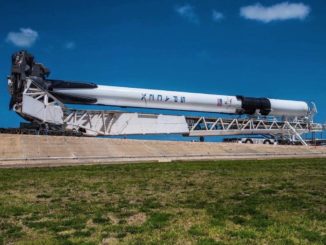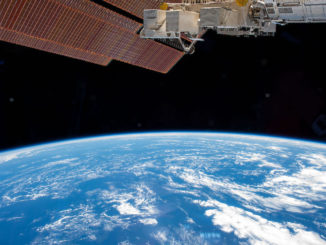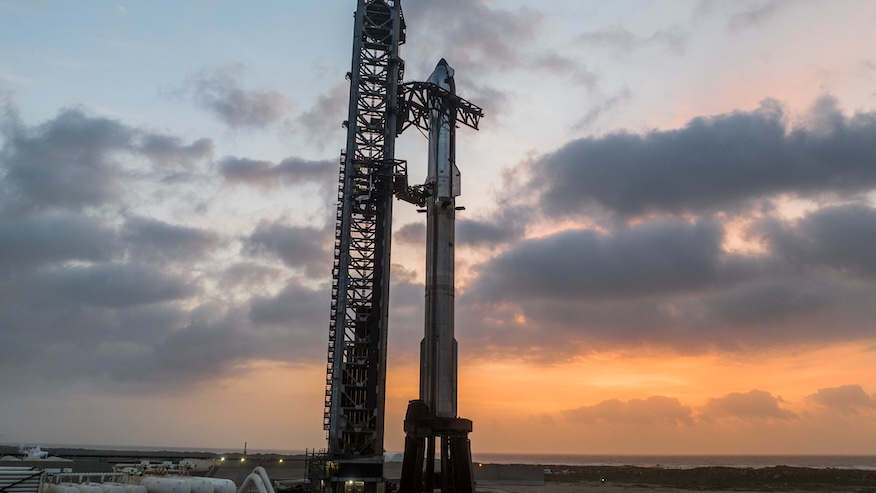
SpaceX is gearing up for a critical flight test for its Starship program. Launch teams are preparing to send the world’s largest rocket on its ninth test flight for the fully integrated vehicle on Tuesday eventing.
The company is betting on the testing and improvements made since the first flight of its Block 2 Starship upper stage will allow that part of the rocket to fly as intended. It’s a feat that eluded SpaceX in its previous two launches for the program.
SpaceX is aiming for the mission, dubbed Starship Flight 9, to launch from Pad A at Starbase, Texas, during a window that opens on Tuesday, May 27, at 6:30 p.m. CDT (7:30 p.m. EDT, 2330 UTC).
Spaceflight Now will have joint live coverage with LabPadre beginning about two hours prior to liftoff.
A highlight of the mission will be the reuse of a Super Heavy booster for the first time. The stage, tail number B14, will fly with 29 of its 33 original Raptor engines.
Turning around a booster for repeat flights is a hallmark of SpaceX’s Falcon 9 business model. Following the first orbital launch of a Falcon 9 rocket in June 2010 it took until March 2017 before the company reused a booster, which first flew a year prior.
Comparatively, SpaceX’s first launch of its fully-integrated Starship-Super Heavy rocket was April 2023 and B14 flew for the first time on the Starship Flight 7 mission in January 2025.
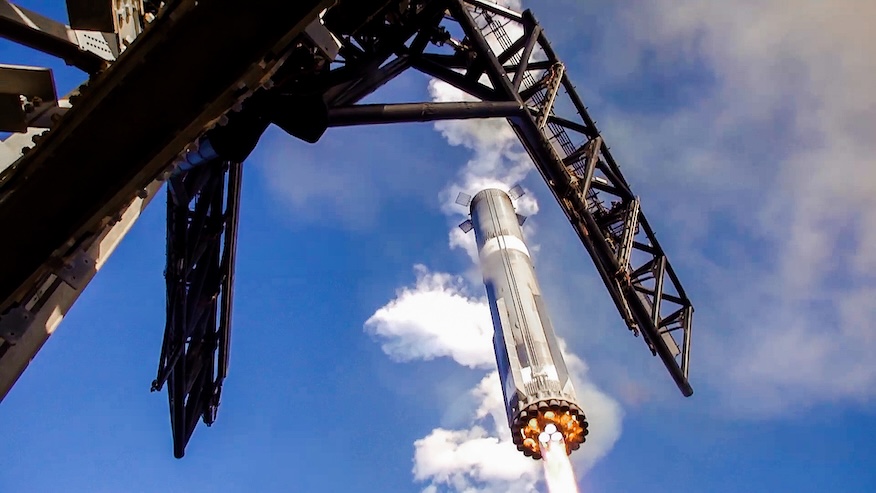
Roadmap for the future
SpaceX is under pressure to have a fully successful launch since it has yet to fly a successful mission with the Block 2 Starship second stage.
NASA is keenly watching the program since the Block 3 version of Starship will be needed to safely ferry its astronauts to the surface of the Moon on the Artemis 3 mission. That lunar touchdown was delayed from late 2026 to no earlier mid-2027 in part because of the lack of readiness of the Starship rocket.
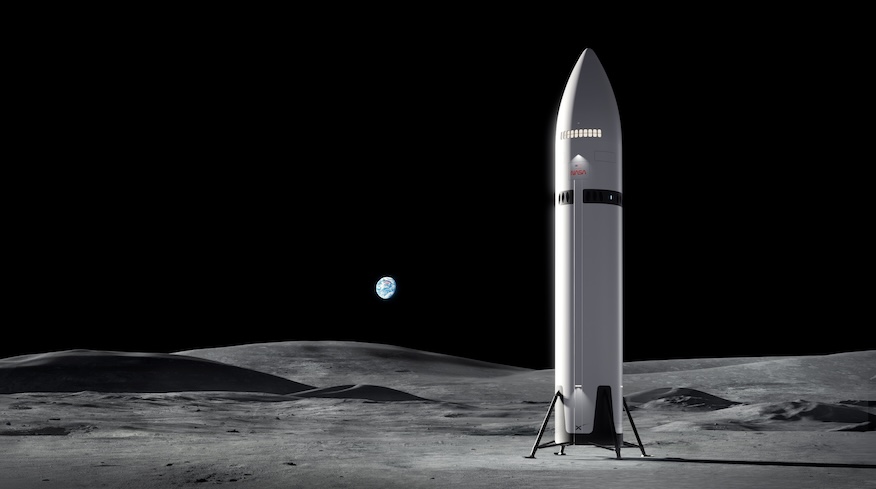
SpaceX previously said it planned to perform a ship-to-ship propellant transfer demonstration in low Earth orbit in the early to mid part of 2025. Neither SpaceX nor NASA have provided a recent update on when this testing is now anticipated.
It will be needed sooner rather than later though, since SpaceX needs to conduct an uncrewed landing and ascent demonstration from the Moon ahead of the Artemis 3 mission. Each propellant servicing needs at least 10 launches to fill a tanker version of Starhip in orbit, although SpaceX has not said exactly how many number of flights would be required.
While these Artemis program needs are top of mind for the current NASA leadership, SpaceX and its founder, Elon Musk, continue to aim squarely at Mars. Musk has recently suggested that an uncrewed mission to the Red Planet would ideally launch in late 2026, however, that would also require SpaceX to perfect on-orbit refueling to bring that within the realm of possibility.
Ahead of the Starship Flight 9 launch, Musk intends to hold a company talk called “The Road to Making Life Multiplanetary,” which will be live-streamed on SpaceX’s X account, Musk’s social media platform. The talk is scheduled to begin at 12 p.m. CDT (1 p.m. EDT, 1700 UTC) on May 27.
Musk said his talk would explain “the Mars game plan”. It was not clear if it will also address the progress towards the goals laid out in SpaceX’s contracts with NASA.
The address also comes as the U.S. Senate is on the cusp of voting on Jared Isaacman’s nomination to be NASA’s next administrator. A vote could come as soon as next week, once the Senate is back in session.

